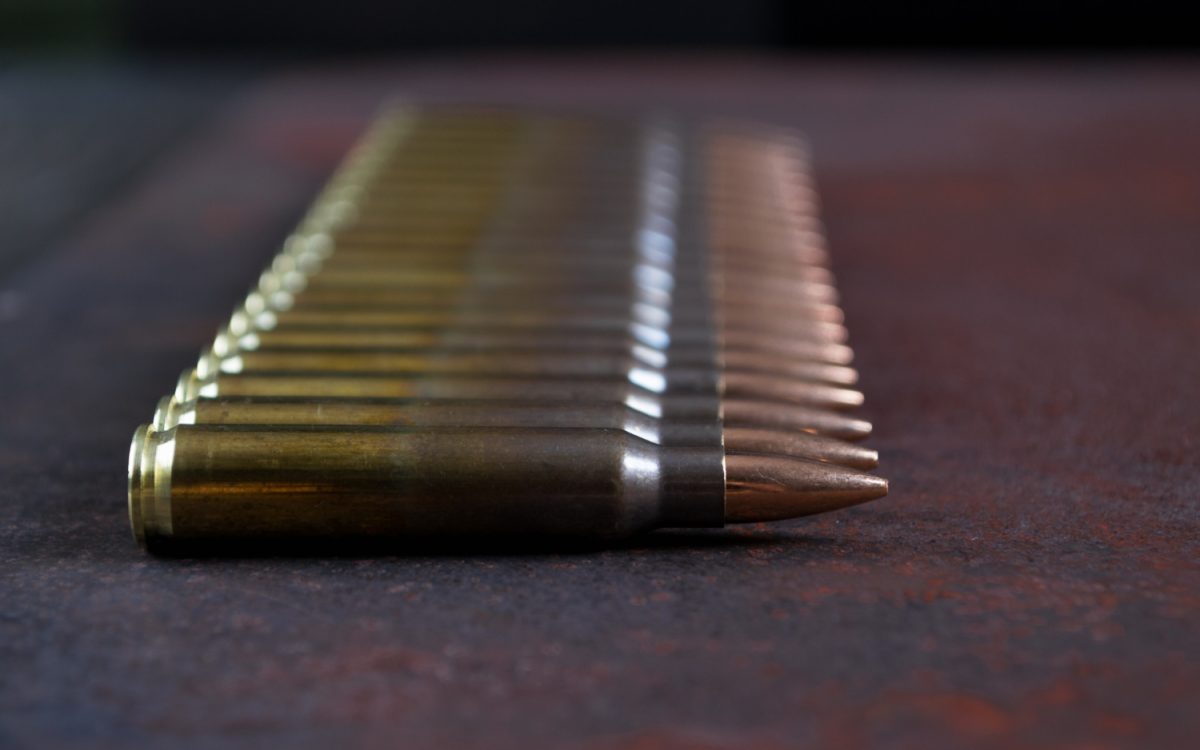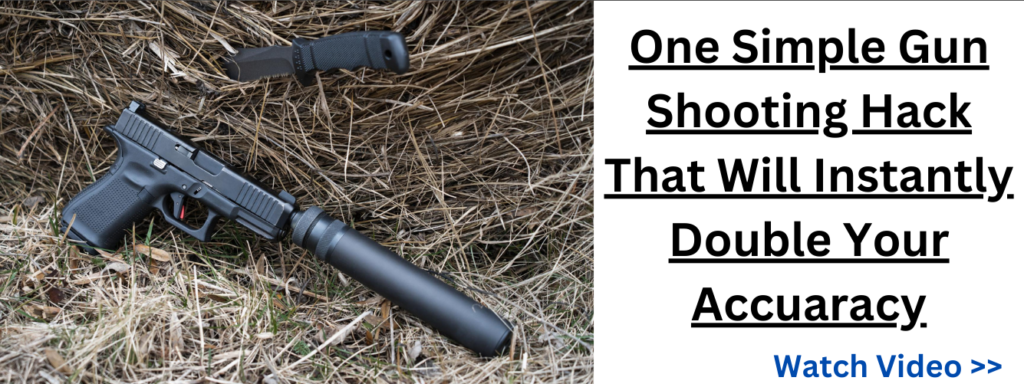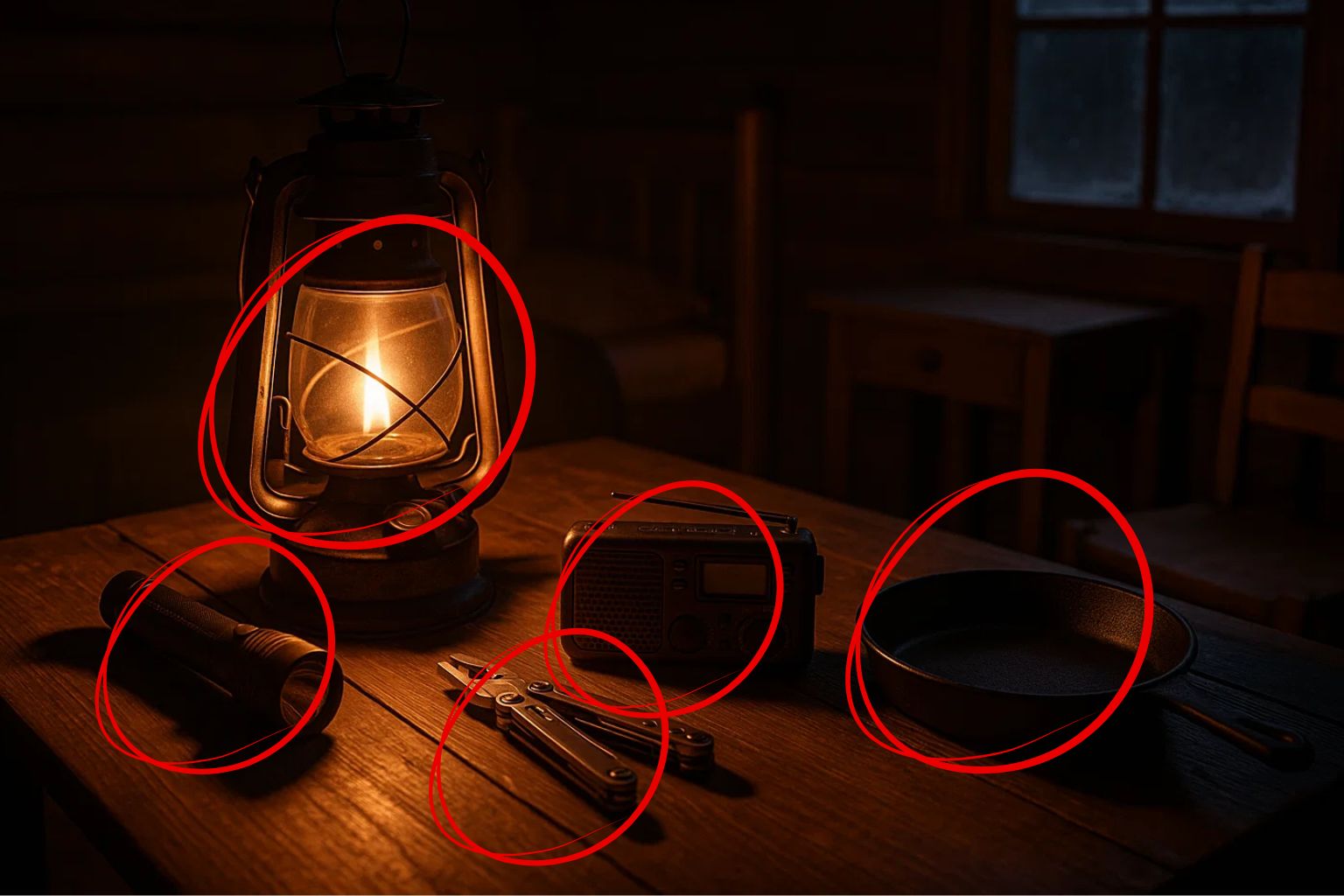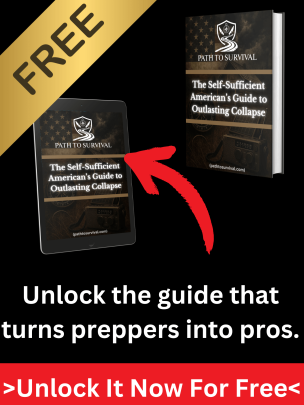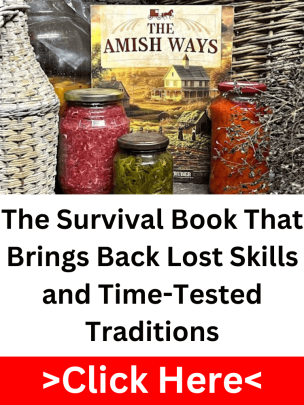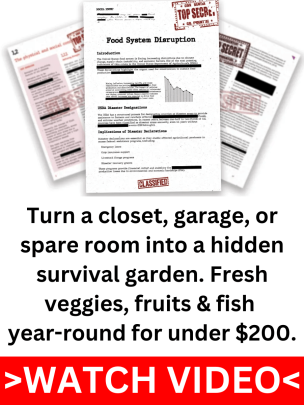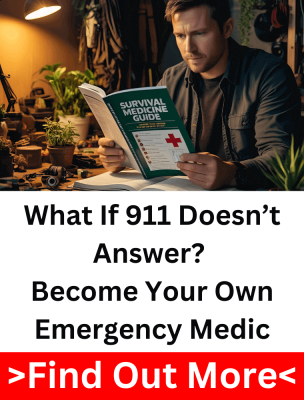Your capacity to protect oneself and obtain resources can make the difference between life and death in any survival scenario. A survival ammo stockpile is as essential as food, water, and medical supplies. Having enough supply of ammo guarantees that you will not be left defenseless in the event of a home invasion, civil upheaval, or a full-scale social collapse. Your firearms can be your sole line of defense if law enforcement is overburdened or nonexistent. Ammunition isn’t just nice. A survival ammo stockpile is as essential as food, water, and medical supplies necessary for security, though; it may also be used for hunting, providing food for your family when supermarkets are closed, and even bartering in dire survival situations. Bullets can become as valuable as gold when supplies run out.
Many preppers make the error of not striking the appropriate balance when constructing their prepper ammo supply. When replenishing becomes impossible, some believe a few boxes per rifle will be plenty, leaving them dangerously unprepared. Some go overboard, stockpiling enormous quantities without considering storage constraints, theft threats, or the expense of overstocking. A sensible stockpile is sized according to your needs, which should be sufficient for training, hunting, and defense without causing needless waste or danger.
Understanding Your Needs
Many preppers make the mistake of failing to strike the right balance when building their ammunition supply. Some people think that a few boxes per gun will be enough when restocking becomes impossible, which leaves them dangerously unprepared. Some people overdo it, hoarding massive amounts without considering storage limitations, the risk of theft, or the cost of overstocking. A sensible stockpile is sized according to your needs, which should be sufficient for training, hunting, and defense without incurring unnecessary waste or danger.
Most defensive encounters involving house defense end after a few seconds, and only a few rounds are fired. But you’ll need a bigger supply in a long-term collapse if there is no law enforcement and recurrent threats are probable. Compared to individuals who live in remote places where assistance is unavailable, urban preppers might need less ammunition. Your stockpile should be tailored to your unique risks, not a “one-size-fits-all” strategy.
If you don’t know how to use your ammunition efficiently, it won’t matter how much you have on hand. A lot of preppers prioritize quantity over training. All that ammunition is useless if you don’t practice frequently. It’s a good idea to set aside a percentage of your prep ammo supply for target practice to stay sharp and save your best rounds for emergencies. Because missing a shot in an emergency could cost more than ammunition, skill is just as crucial as stockpile.
How Much Ammo Is Enough?

Maintaining a survival ammo stockpile has no magic number. Your circumstances, your weapons, and your preparations determine the appropriate quantity. While some preppers maintain that you need tens of thousands of rounds per gun, others think a few hundred rounds is sufficient. Somewhere in the middle is where the truth is. While storing too much might lead to storage problems, security threats, and needless financial strain, stockpiling too little could leave you helpless when resupply is difficult. The secret is to balance hunting, training, and home defense while ensuring you have enough to withstand long-term disturbances.
Although many preppers seek advice from the military, their methodology differs significantly from that of civilian survival preparedness. Typically, a U.S. infantry member brings between 210 and 320 rounds into battle, anticipating replenishment following a struggle. For preppers, what they stockpile is all they will have in an emergency, but that works in a military system with supply networks. You will protect your family, secure food, and defend your home instead of engaging in continuous combat like troops do. This implies that conservation and accuracy are more important than volume.
Having 500 to 1,000 rounds per defensive firearm should be sufficient for personal protection and unforeseen threats if home defense is your concern. However, you need to consider more broadly if you’re planning for a long-term collapse when resupplying isn’t feasible. At the very least, a prepared ammunition supply for a protracted emergency should contain the following:
- 3,000 to 5,000 rounds per primary rifle
- 1,500+ rounds per handgun
- 500+ shotgun shells for versatility
- 5,000+ rounds of .22LR for small game hunting
Practical stockpiling means covering all bases without wasting resources. Another factor is how you store your ammunition; even if you have all the ammunition worldwide, it won’t matter if it deteriorates because of improper storage. The objective is to have the appropriate quantity stored correctly and available when needed most, not merely to amass ammunition.
Choosing the Right Ammo Types for Survival
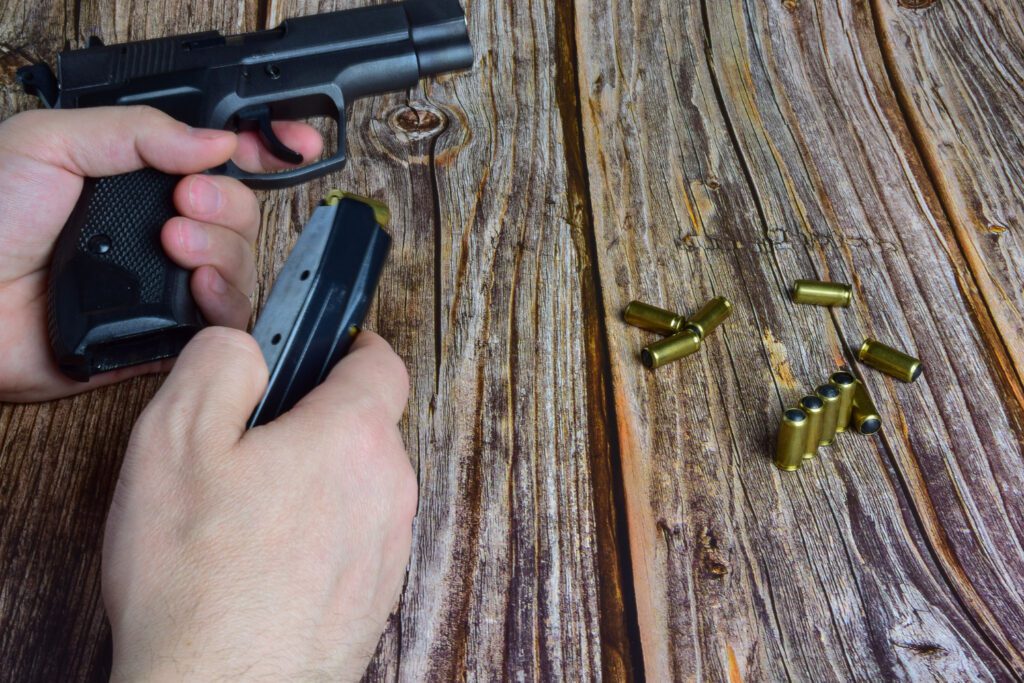
Having the proper mix of calibers is just as important as quantity for a survival ammo stockpile. It might be risky to rely solely on one kind of ammunition, particularly when supply routes are disrupted. Hunting, training, and home protection are all covered by a well-rounded stockpile.
9mm and 45 ACP are great pistol rounds for defense, while 5.56mm/.223 is the most adaptable rifle round. 12-gauge shotgun shells provide good short-range stopping power. For small game hunting,.22LR is essential. 308 and 30-06 are better for larger games. To ensure versatility, a prudent prepper’s ammunition collection includes a variety of defensive, hunting, and training rounds.
Smart Storage and Mistakes to Avoid
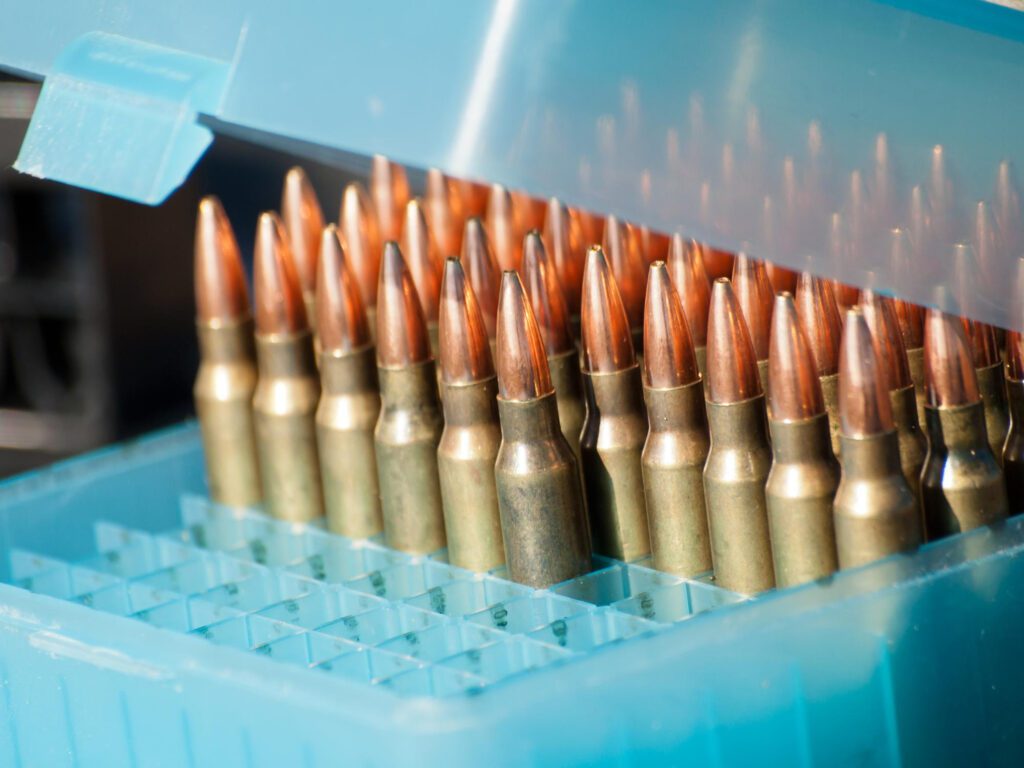
A survival ammo stockpile is only as adequate as its storage conditions. Ammunition is potent, but poor storage can damage primers, weaken powder, and cause misfires. Temperature variations, humidity, and air exposure are the most serious hazards. Storing your ammunition in airtight, military-grade containers with desiccant packets helps to avoid moisture damage and extend shelf life. To add extra protection, some preppers vacuum seal tiny portions. When handled properly, ammo can endure for decades, but if not, it may become unreliable much sooner.
Lack of organization is one of the most common blunders when ordering survivalist ammunition. Many preppers do not keep track of their ammunition, stockpiling it in various places, resulting in degraded and forgotten rounds. Putting the caliber, purchase date, and intended use (training, hunting, or defense) on the containers is an easy modification. Maintaining an inventory record assures appropriate rotation, using older ammunition first while preserving fresh stock, and helps avoid needless purchases.
Ammo is about longevity, management, and storage, not just quantity. A well-maintained prep ammo supply guarantees that your bullets will be dependable, efficient, and prepared for action when the time comes.
A realistic, well-maintained, and specialized survival ammo stockpile is essential. A clever prepper makes sure each round has a purpose by balancing amount, diversity, and appropriate storage.
Ignorant stockpiling results in poor storage and financial waste. A prep ammo supply must be safe, maintained, and rotated appropriately to ensure long-term dependability. When properly stored, ammunition will serve as your last line of defense in any emergency.

